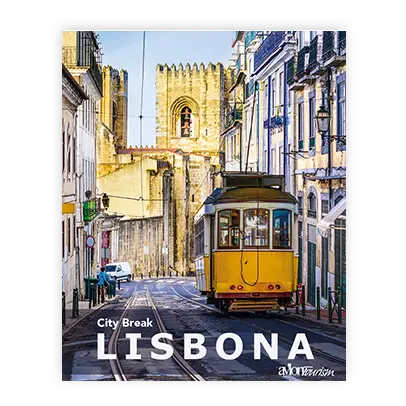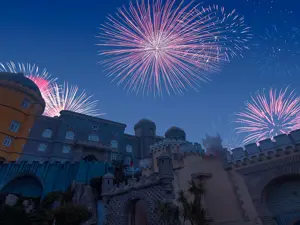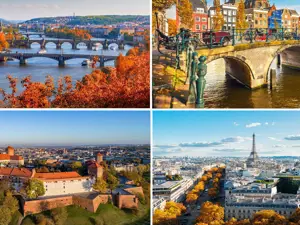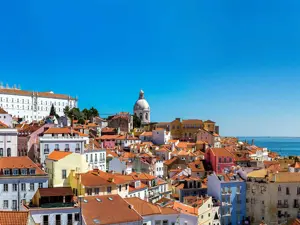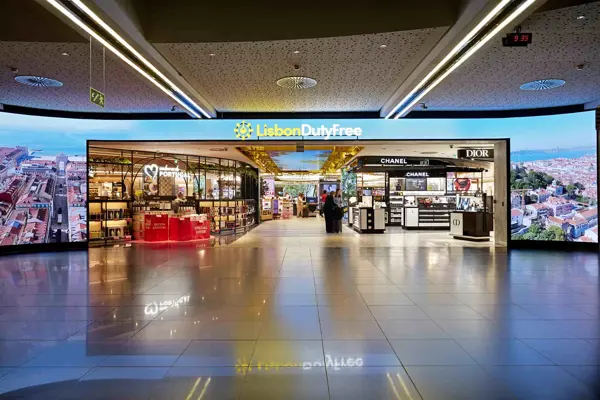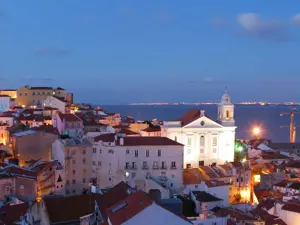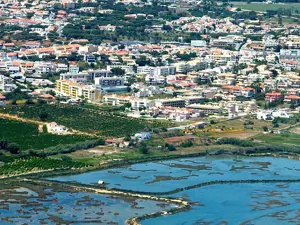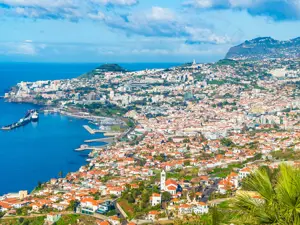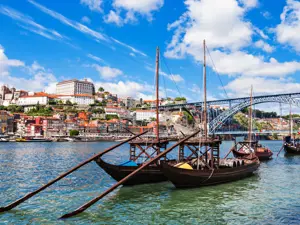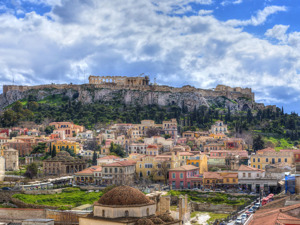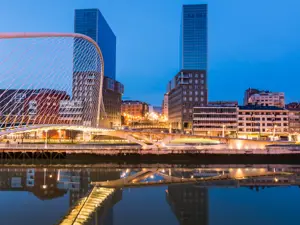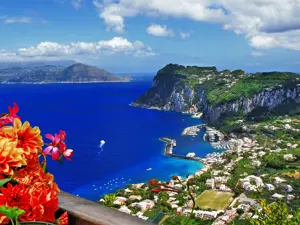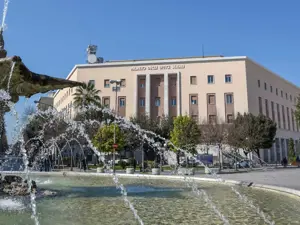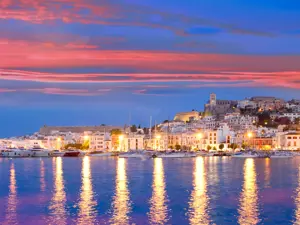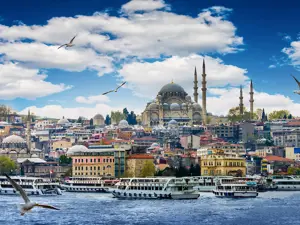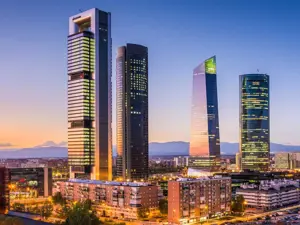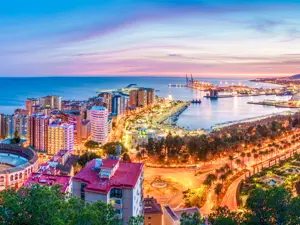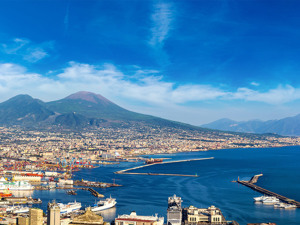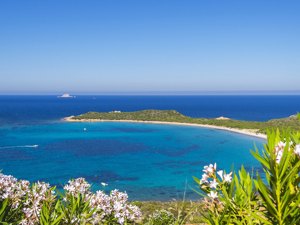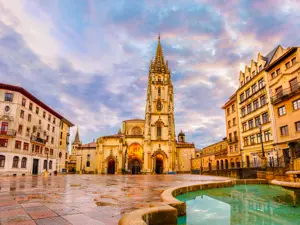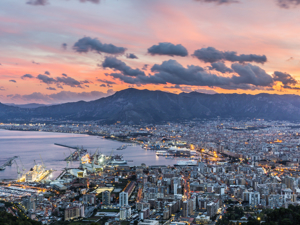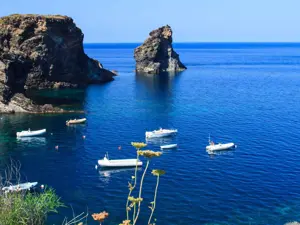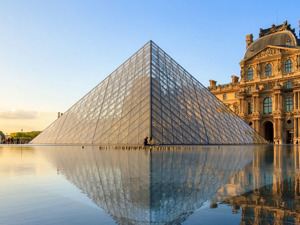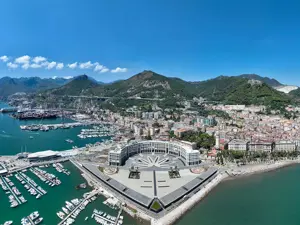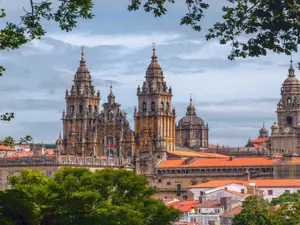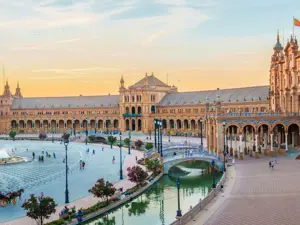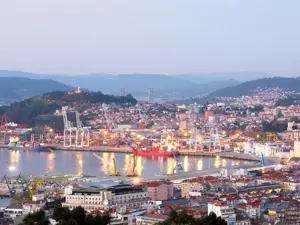The capital of Portugal is the guardian of a glorious colonial past
There are few capital cities that embody the essence of the lifestyle and history of an entire nation. Lisbon in Portugal does just this, and the soul of the country’s people, their relationship with the sea and the first colonial conquests of overseas countries is immediately tangible in the monuments and atmosphere of the city.
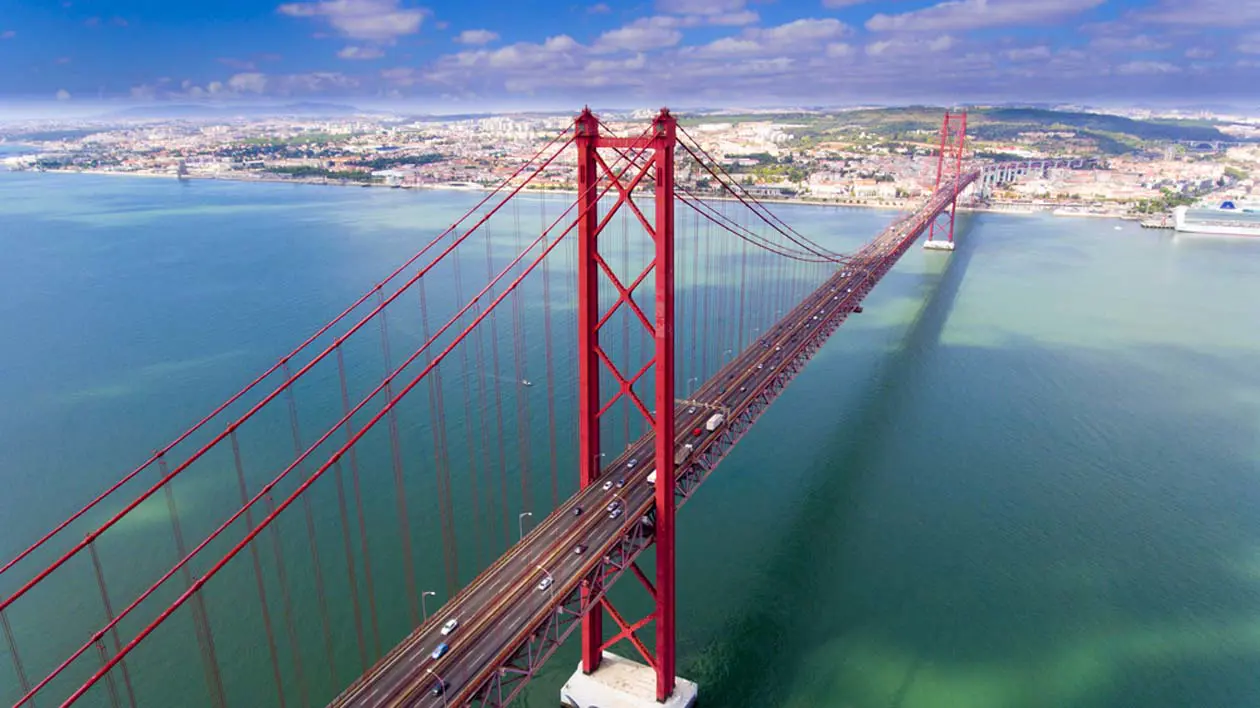
Lisbon stands at the mouth of the Tagus, (or Tejo), a river whose banks are connected by two bridges, the ‘25 de Abril Bridge’ and the ‘Vasco de Gama Bridge’. The latter was inaugurated in 1998, in time for the Universal Exposition, to commemorate the 500th anniversary of the explorer’s discovery of the sea route to India.
Also on this occasion, new life was brought to the Parco das Nacoes, which hosted the Expo. Today the park is a busy city space filled with shops and bars and perfect for a cycle ride or stroll. Worth a visit in the park is Oceanario, one of the largest aquariums in the world and one of the city’s most popular attractions.
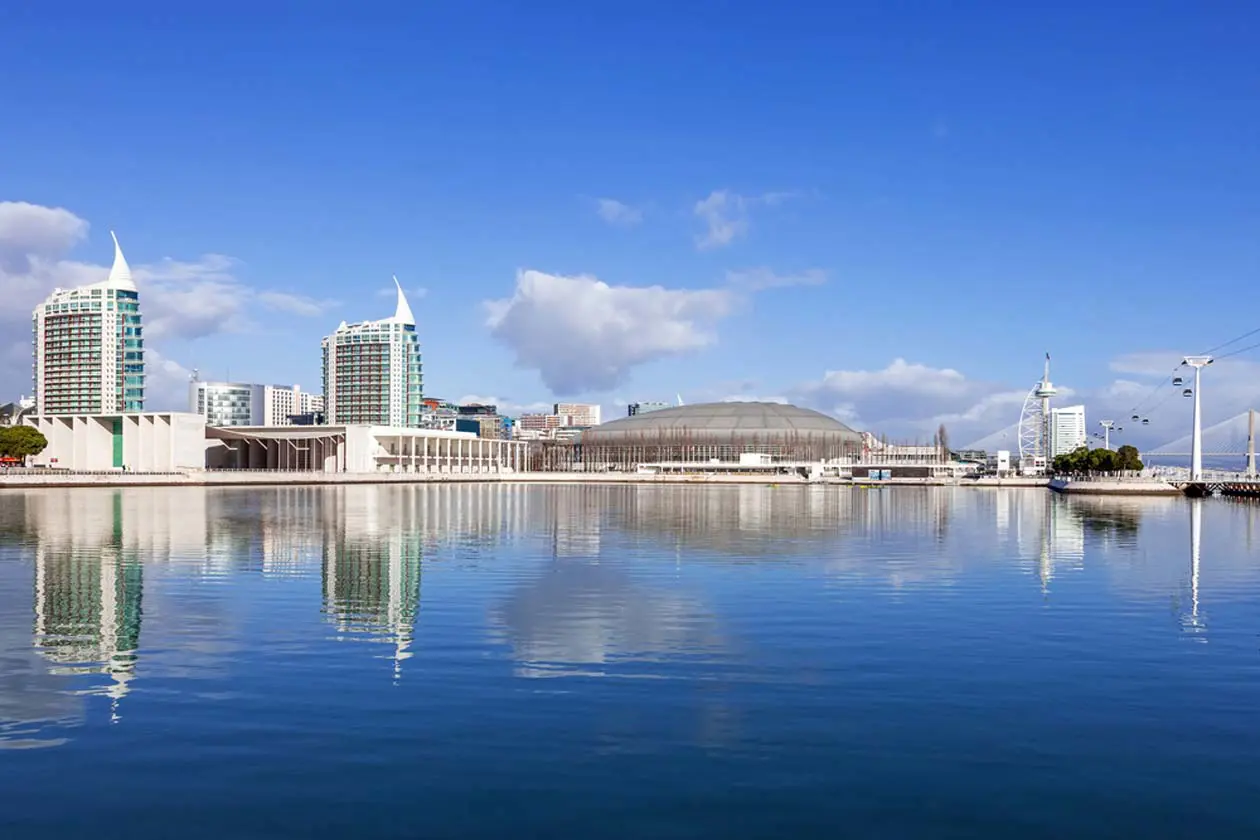
During the era of the conquests, Lisbon and Portugal experienced a time of great economic prosperity and many foreign artists were drawn to the country for work, giving rise to a universal meeting of cultures. This is evident in the Manueline style of architecture, which developed under the reign of Manuel I (Emmanuel I), the first king of Portugal (from 1495 to 1521). The Monastery dos Jeronimos, in the Belem district, is an important example of this style. Built on the site of a small chapel, it was used by sailors who would come and pray here before and after a voyage.
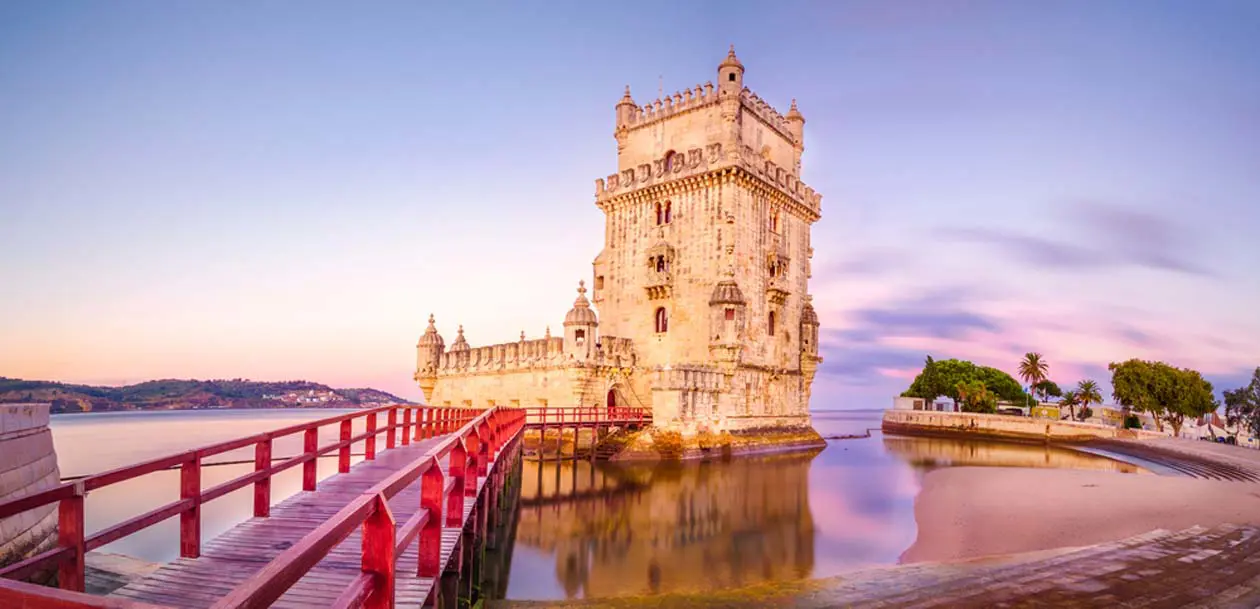
It was King Manuel I himself who wanted to transform the modest chapel into a majestic monument in honour of the Virgin Mary of Belem, Protectress of sailors, after the success of the voyages of Vasco de Gama. The architectural style of the building features various motifs inspired by nautical themes, such as ropes, anchors, chains and shells, as well as the armillary sphere, a navigational instrument and symbol of King Manuel I, which is still depicted on the Portuguese crest. Built on the banks of the River Tagus, near the Monastery, defending and watching over the city, the Belem Tower is one of the architectural gems of the reign of Manuel I. Constructed in white stone, it stands at the point where ships once departed on their voyages of discovery.
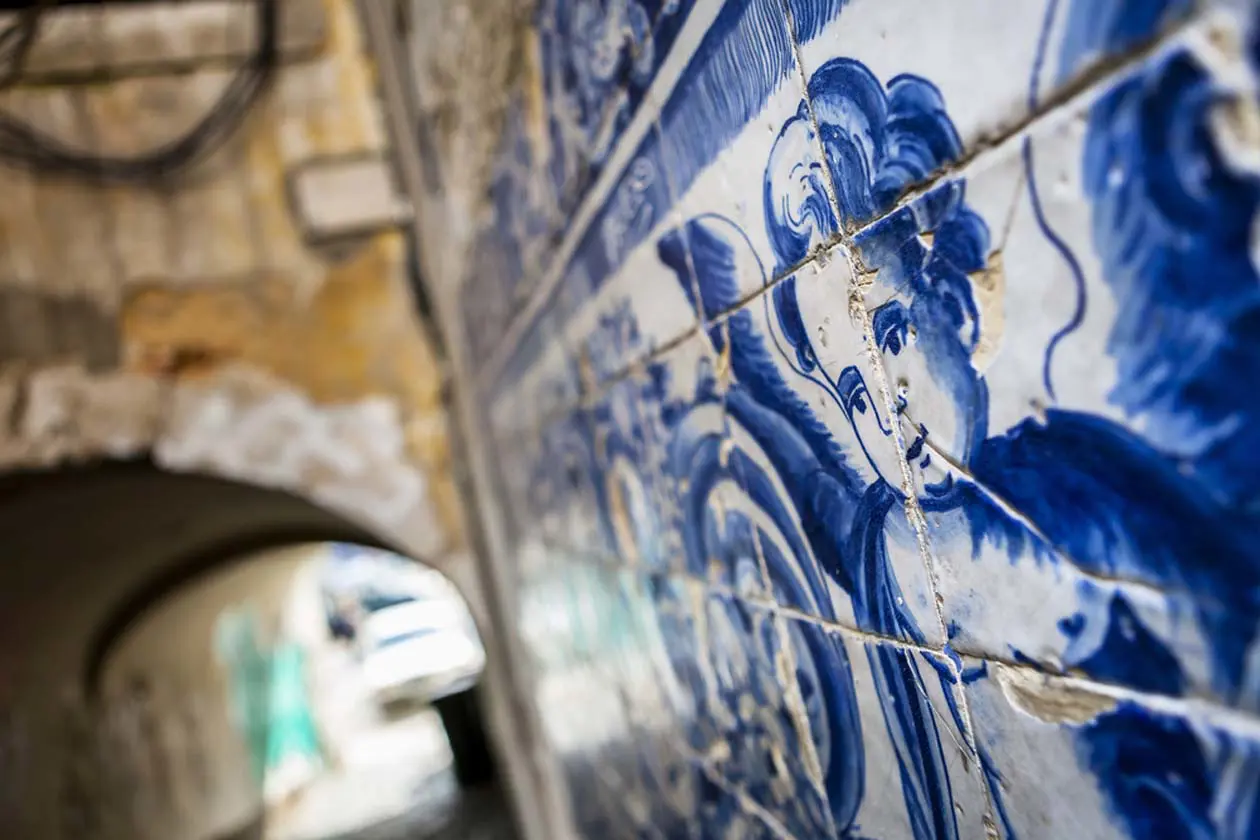
Giving the city a unique burst of colour, azulejos (painted tiles) are a legacy of the Arabs, who lived here for almost four centuries. The word is derived from the Arab al-zuleique, meaning a ‘small, smooth polished stone’ used by the Muslims in the Middle Ages. The Portuguese kings admired the way azulejos were used to decorate floors and walls, so the tiles began to be produced in Portugal in the late fifteenth century.During the eighteenth century, this art form flourished, becoming one of the main decorative elements of the country, and was used in churches, palaces, houses, gardens, fountains and stairways.
Portugal is the country which more than any other has loved and used azulejos, and their history is illustrated in the Museu Nacional do Azulejos.
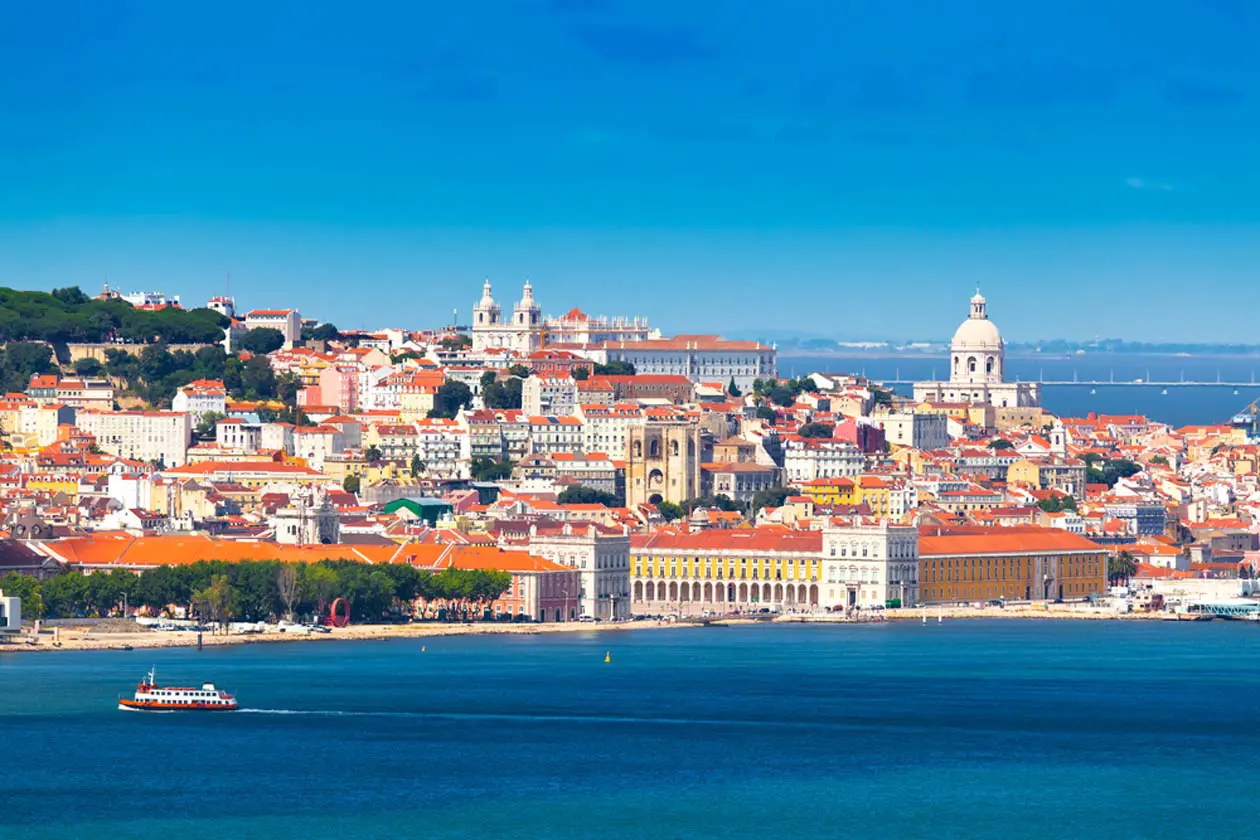
Photo: Sisterscom.com, Shutterstock
Lisbon is also the homeland of fado, a musical genre characterized by mournful and melancholy tunes, an expression of the sentiment of the Portuguese people who were accustomed to continuous absences from their land, to goodbyes and nostalgia motivated by their frequent voyages at sea.
Made famous throughout the world by Amalia Rodriguez, fado is sung in many bars in the city and has almost become a symbol of the country. Due to its unique features, it has been included in UNESCO’s list of Intangible Cultural Heritage.
The districts of Lisbon
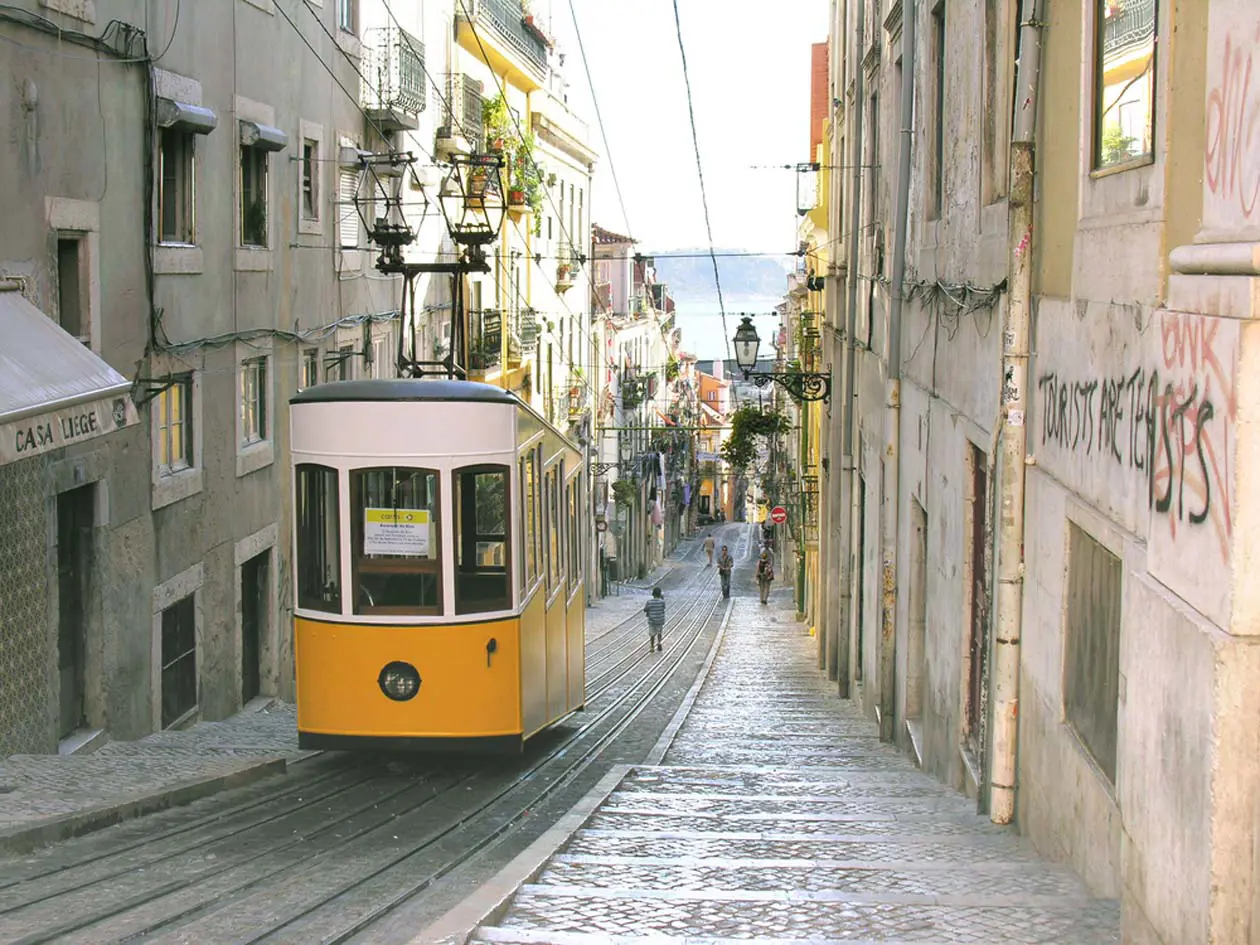
Bairro Alto. Photo: Sisterscom.com, Shutterstock
Bairro Alto
One of the districts where fado is sung in many houses and bars is Bairro Alto, located on one of the seven hills on which the city stands. The district has numerous restaurants serving traditional food by candlelight, in particular fish, including sardines and saltcod – it seems there are recipes for every day of the year – and soups.
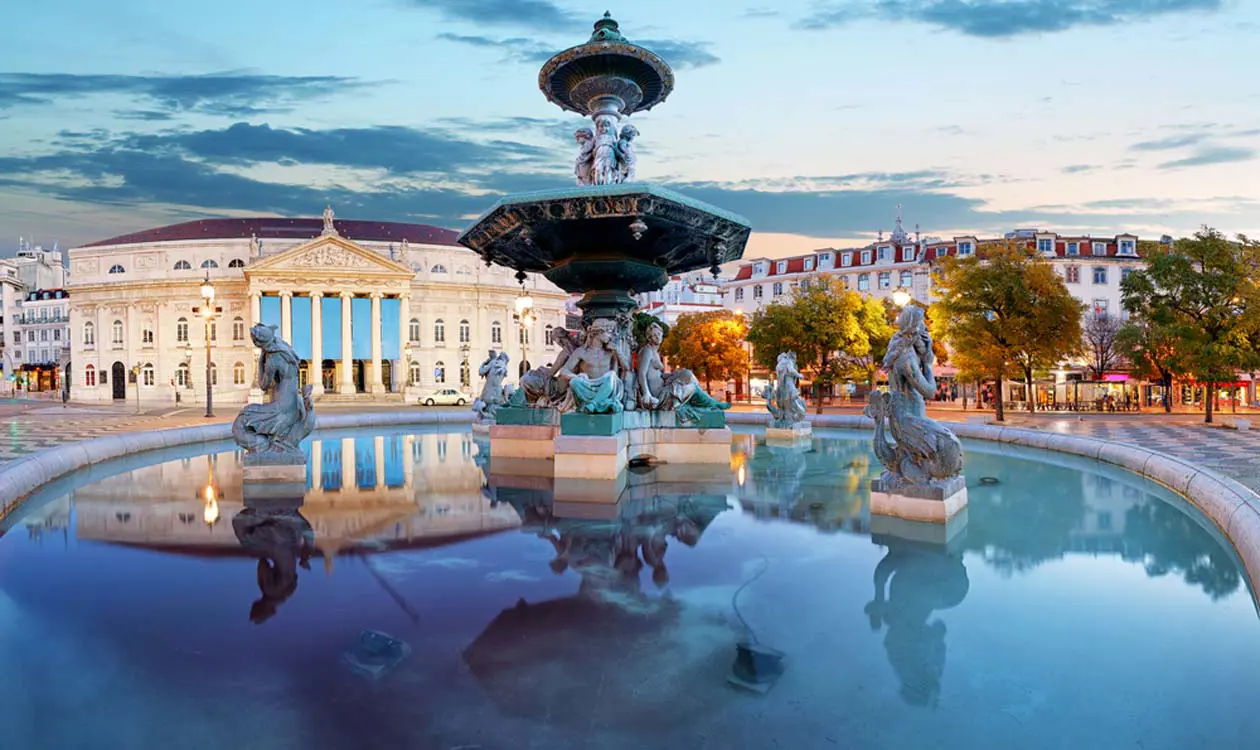
Rossio Square. Photo: Sisterscom.com, Shutterstock
Baixa
Rossio Square in the Baixa district, in the old town, is one of the most popular squares in Lisbon and features the most famous Theatre in Portugal, built in Neoclassical style and named after the queen Donna Maria II.
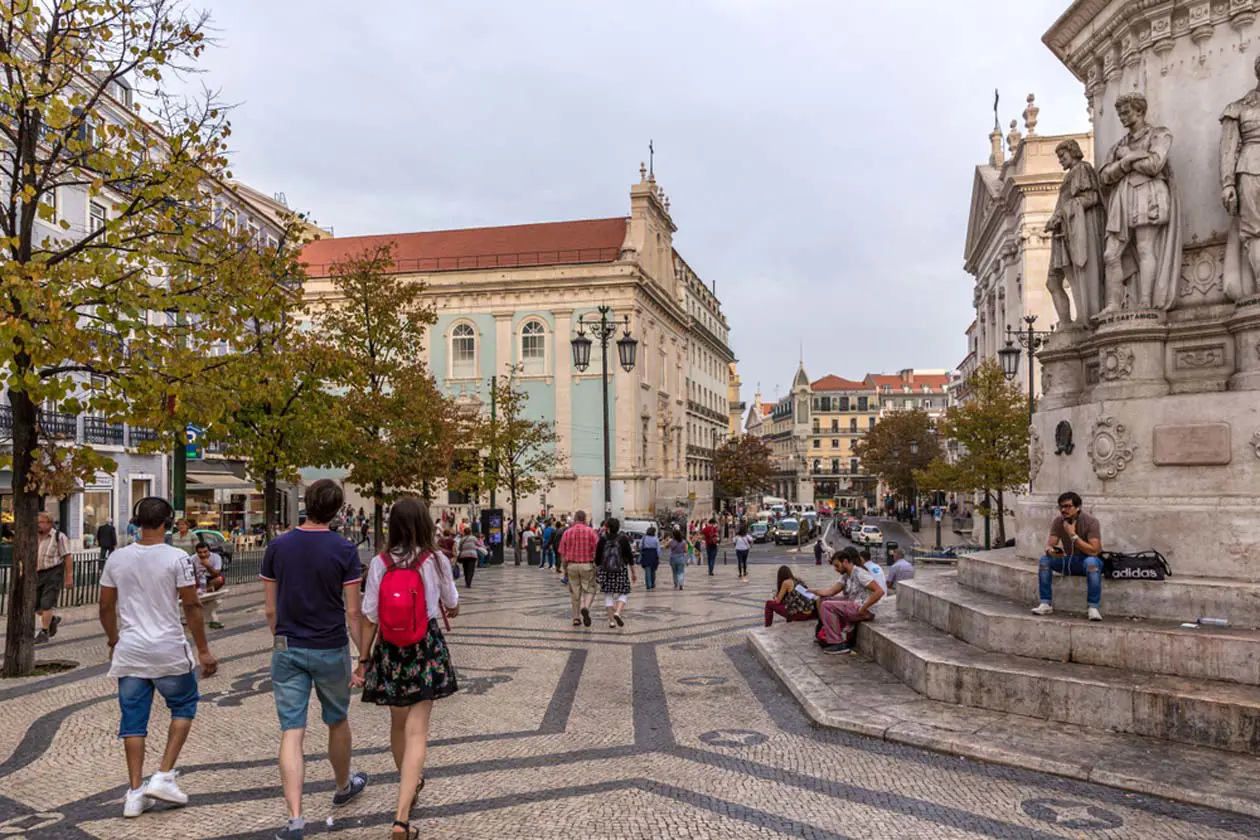
Chiado Districts. Photo: Sisterscom.com, Shutterstock
Chiado
The Chiado District is instead renowned for its patisseries, which serve traditional puff pastry custard-filled tarts known as ‘pastéis de nata’, perhaps accompanied by a sip of Port, the famous local sweet fortified wine, or, for those who prefer dry wine, by one of the world-famous “green” wines.
Another place to visit is the Church of Santo Antonio, which was built on the site of the house where the saint was born. The saint is celebrated here every 13th June with the spectacular Feast of St. Anthony.
Portuguese cuisine
The “king“ of Portuguese cuisine is fish cooked on the grill or prepared in soups in the traditional copper pot called cataplana. To taste cozido à portuguesa, a boiled meat of various kinds, with vegetables. Among the many desserts, do not miss the pastel de nata, a delicious cream puff to be savored with a Porto or a Madeira, liqueur wines known all over the world.



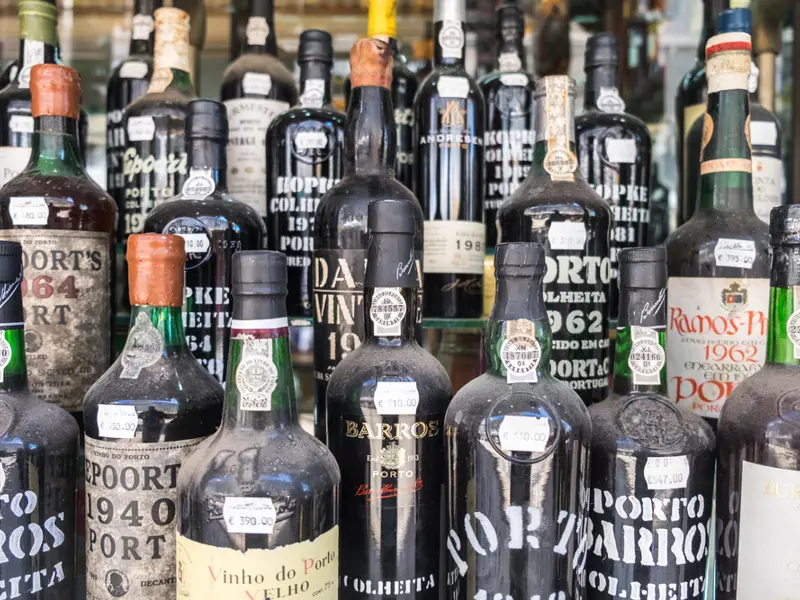
Text by Anna Glik
Tourism Board
www.visitlisboa.com
www.visitportugal.com
Partnership with Booking.com
Where to sleep in Lisbon
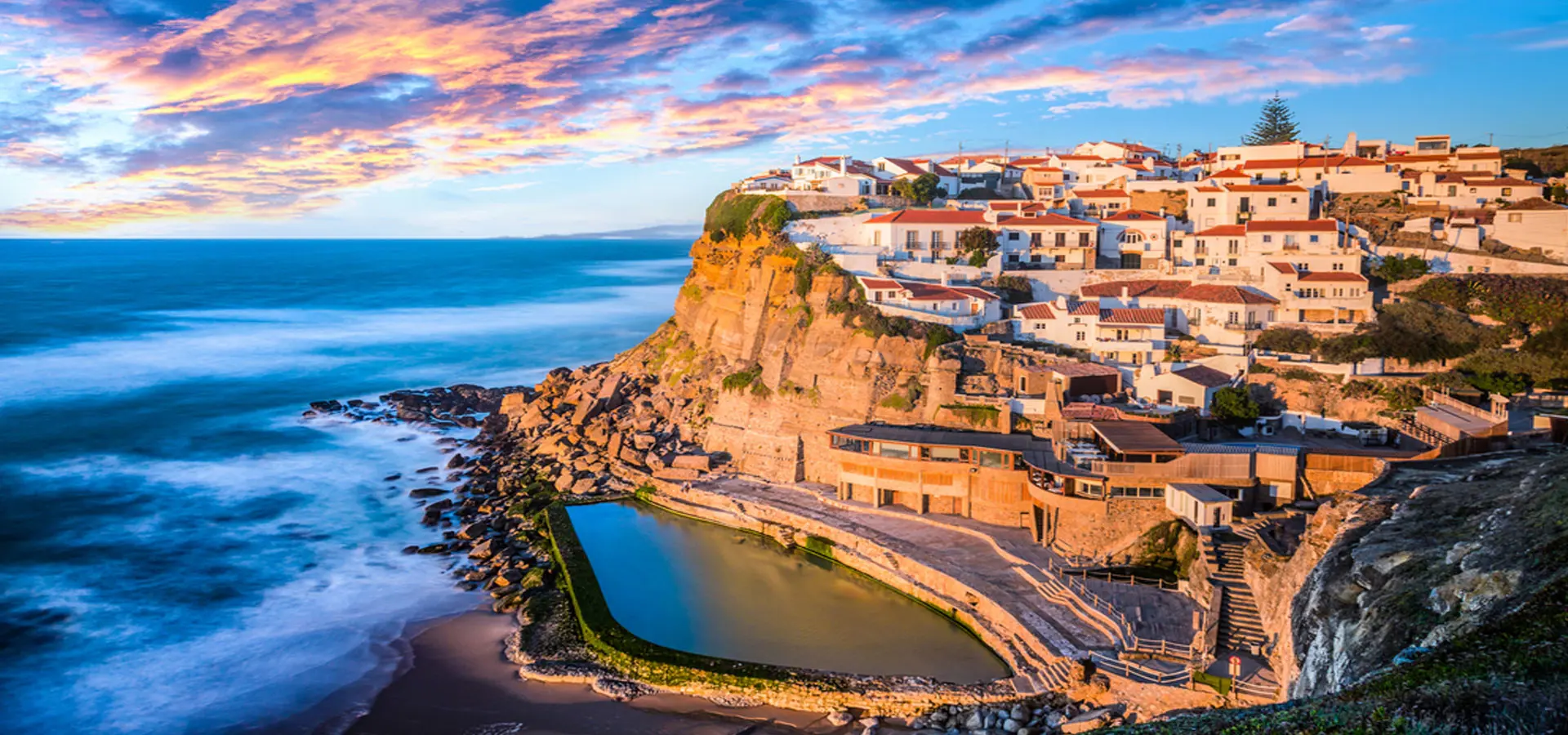
Lisbon. Photo: Sisterscom.com, Shutterstock
Lisbon is a welcoming city and offers different possibilities for accommodation.
To find the ideal hotel and the best offers you can do a search for the stars but also for districts or landmarks.
STARS
Hotels for stars, differentiated by type of services:
DISTRICTS
Hotels in the districts
LANDMARKS
Hotels in tourist areas
WHERE TO GO in lisbon
Monuments in Lisbon
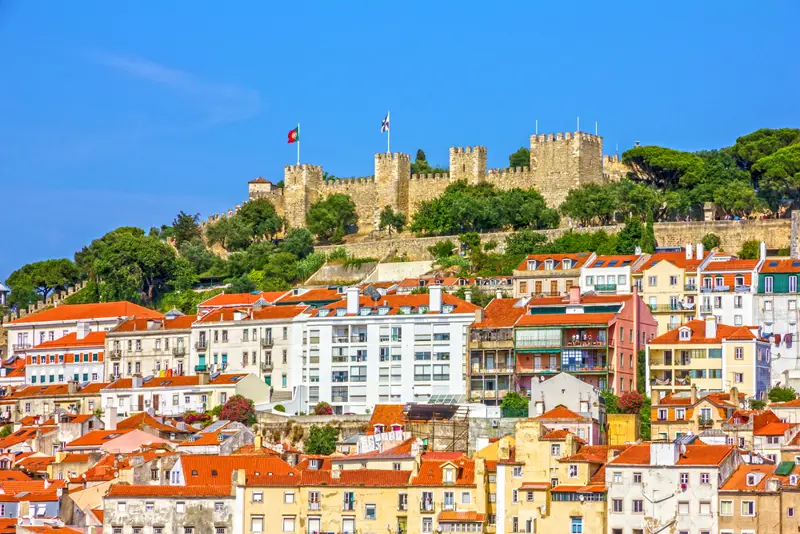
Photo: Sisterscom.com, Shutterstock
SÃO JORGE CASTLE
Situated on one of the city's highest hills, the Castle is a ubiquitous image of the Lisboa's landscape with its proud and imposing walls. In the Castle Christian kings and Moors once lived, whilst Romans and Visigoths spent time here too. And today hundreds of visitors to Lisboa come to explore it. In the 20th century was recognized being classified as a National Monument. The entry is in via Rua dos Fanqueiros and Rua da Madalena, in the Baixa downtown area.
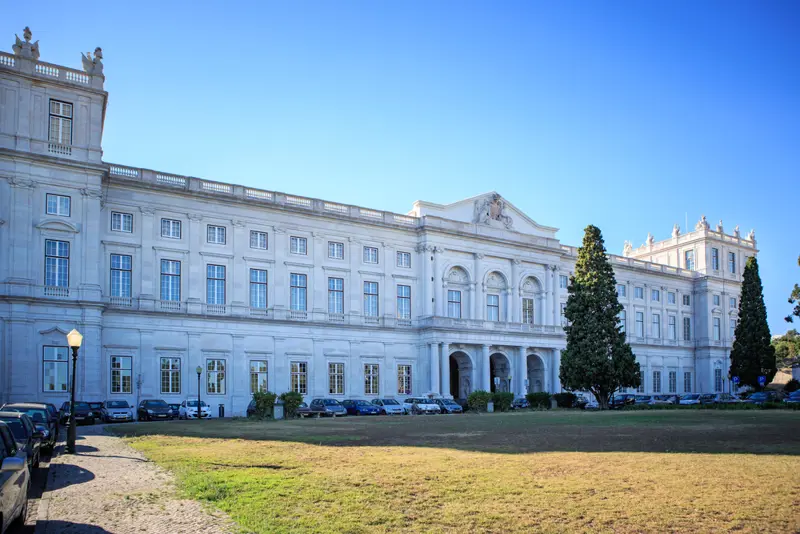
Photo: Sisterscom.com, Shutterstock
AJUDA NATIONAL PALACE
Ajuda National Palace, a magnificent work of Portuguese architecture, was built after the 1755 earthquake that destroyed Ribeira Palace, forcing King José I to order the construction a new residence for the royal family. Nowadays, the palace retains the royal chambers, restored to their original condition of the era. Another wing of the palace houses a museum where you can discover one of the great national decorative arts collections, covering a period between the 15th and the 20th centuries.
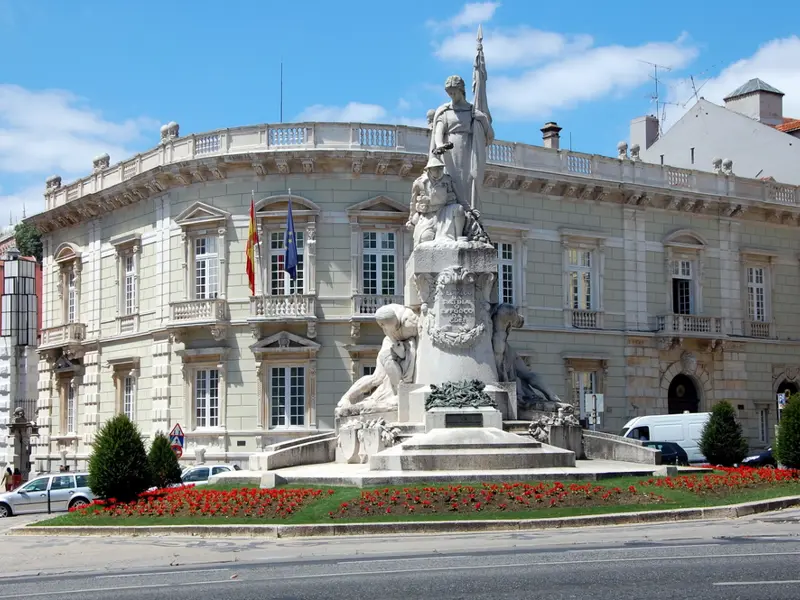
Photo: Sisterscom.com, Shutterstock
AVENIDA DE LIBERDADE
Rebuilt between 1879 and 1882 and inspired by the style of the Champs Élysées in Paris, Avenida da Liberdade is one of the main arteries of the city of Lisboa. There are numerous hotels, shops and some of the best cafes and theatres. Majestic and elegant, in this avenue of the Portuguese capital, buildings of great beauty have been built and restored here, as is the case of the neoclassical Tivoli theatre.
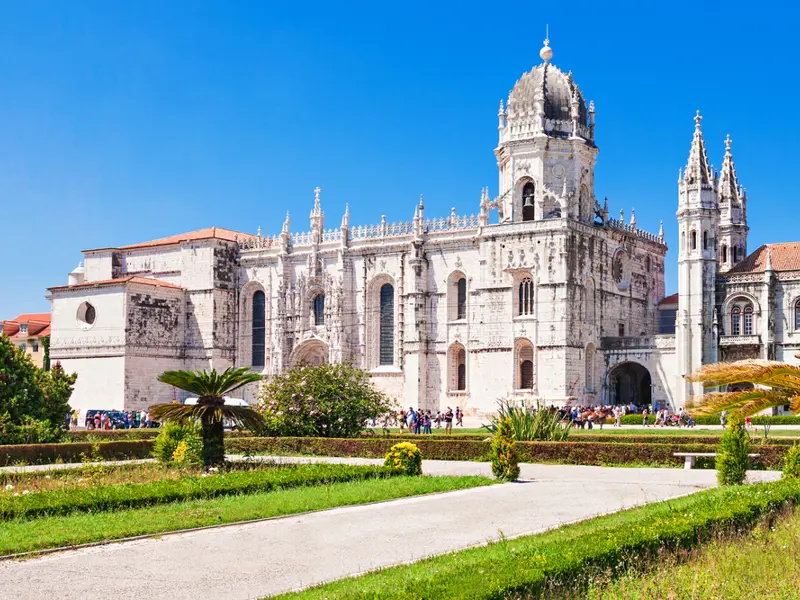
Photo: Sisterscom.com, Shutterstock
MONASTERY OF THE HIERONYMITES
One of the most imposing symbols of the city of Lisbon is the Monastery of the Hieronymites (Mosteiro dos Jerónimos), the construction of which was started in 1501 by King Manuel I and finished a century later. Overlooking the magnificent Praça do Império, the monument is an outstanding example of late Gothic and Renaissance architecture and is regarded as one of Lisbon’s finest landmarks. The tombs of Vasco da Gama and the epic poet Luís de Camões can be found in the Church of the Monastery.
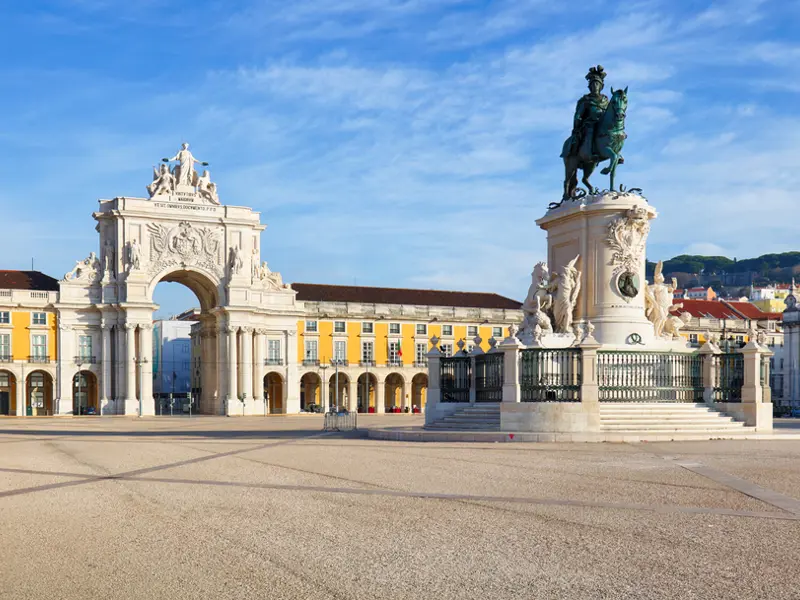
Photo: Sisterscom.com, Shutterstock
RUA AUGUSTA ARCH
Majestic and monumental, Rua Augusta's Arch is the symbol of triumphant Lisboa, reborn from the ashes of the 1775 Earthquake. Situated in the north wing of Praça do Comércio, this Neoclassical Arch marks the horizon of this historic area of the city. Crowning Rua Augusta in white, it is the gateway to this prime avenue bustling with activity, which today can be seen from up high in the Arch's gazebo, accessible by lift.
Museums in Lisbon
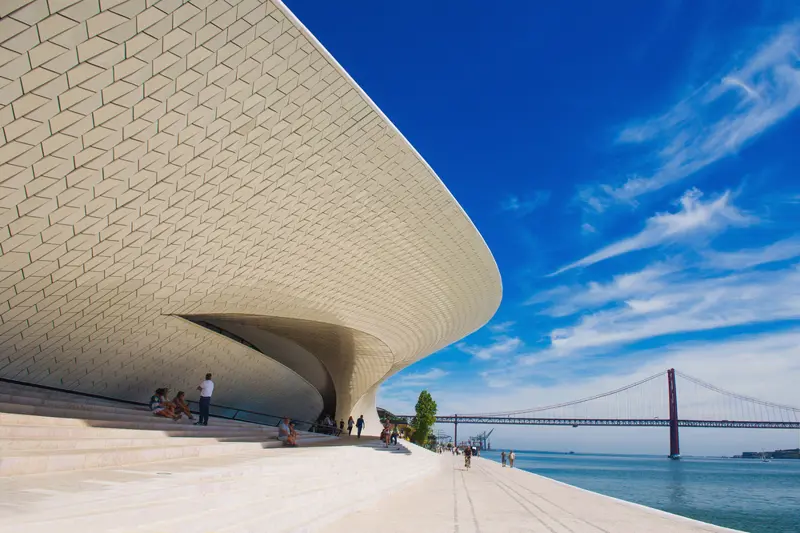
Photo: Sisterscom.com, Shutterstock
MAAT - MUSEUM OF ART, ARCHITECTURE AND TECHNOLOGY
The Museum of Art, Architecture and Technology (MAAT) is the recent cultural center of Lisbon. The innovative design is in harmony with the new building, designed by Amanda Levete Architects' studio and the Central Tejo Power Station, one of the most significant examples of Portuguese industrial architecture of the first half of the 20th century. MAAT is dedicated to presenting national and international exhibitions dedicated to contemporary artists and architects.
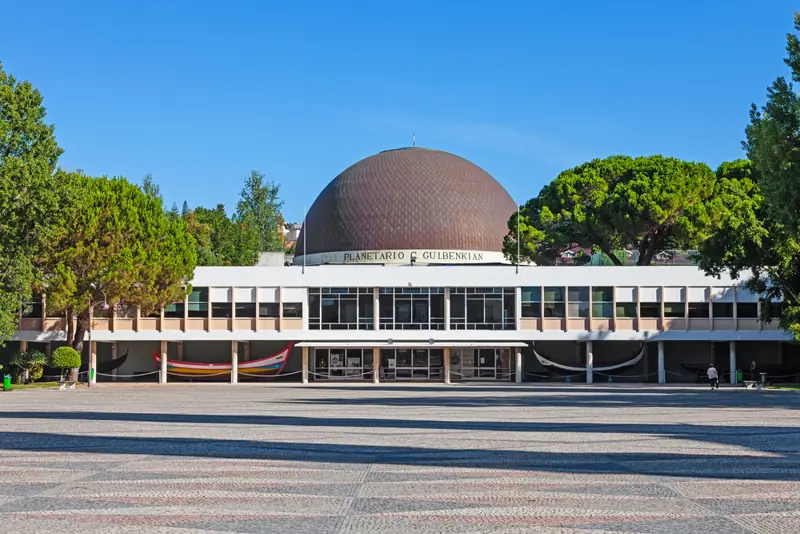
Photo: Sisterscom.com, Shutterstock
CALOUSTE GULBENKIAN MUSEUM
The Calouste Gulbenkian Museum was built to house the art collection of the rich Armenian financier Calouste Sarkis Gulbenkian, (Üsküdar - Istanbul, 1869 - Lisbon, 1955). The Museum holds a collection of six thousand pieces and its galleries exhibit over one thousand and four hundred pieces divided into different arts: Egyptian, Greco-Roman, Mesopotamian, Eastern Islamic, Armenian, Far Eastern, Sculpture, book, painting, decorative and the work of René Lalique.
Tour and excursions in Lisbon
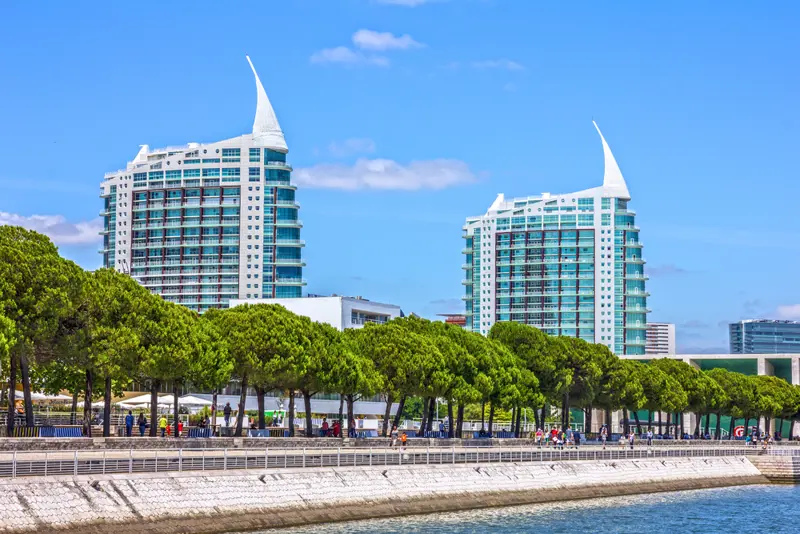
Photo: Sisterscom.com, Shutterstock
PARK OF NATIONS
It is the brand of contemporary Lisboa, a place where the city’s inhabitants have fun, enjoy shows, go for a walk, play sport, shop, work and live in quality and harmony. The Park of Nations (Parque das Nações) is located in the area where the 1998 World Fair was held. It is a large space for public enjoyment that has joined the city and the river. The Vasco da Gama Bridge is the longest in Europe and was inaugurated in 1998; it is the fifth longest bridge in the world, measuring 17 km in length, ten of which are located over the waters of the Tagus.

Photo: Sisterscom.com, Shutterstock
VILA FRANCA DE XIRA
Land of horses and bulls, the municipality of Vila Franca de Xira is a perfect place to visit quintas and farms, and also offers rich regional gastronomy and excellent wines. You will find several places of cultural interest, including the Santuário do Senhor da Boa Morte. This important monument is the oldest sanctuary in the region, dating back to the Roman era. Set on a hillside, the Sanctuary is in a wonderful location, with superb views over the town of Lisbon and the estuary.
Partnership with GetYourGuide
Recommended tours and excursions
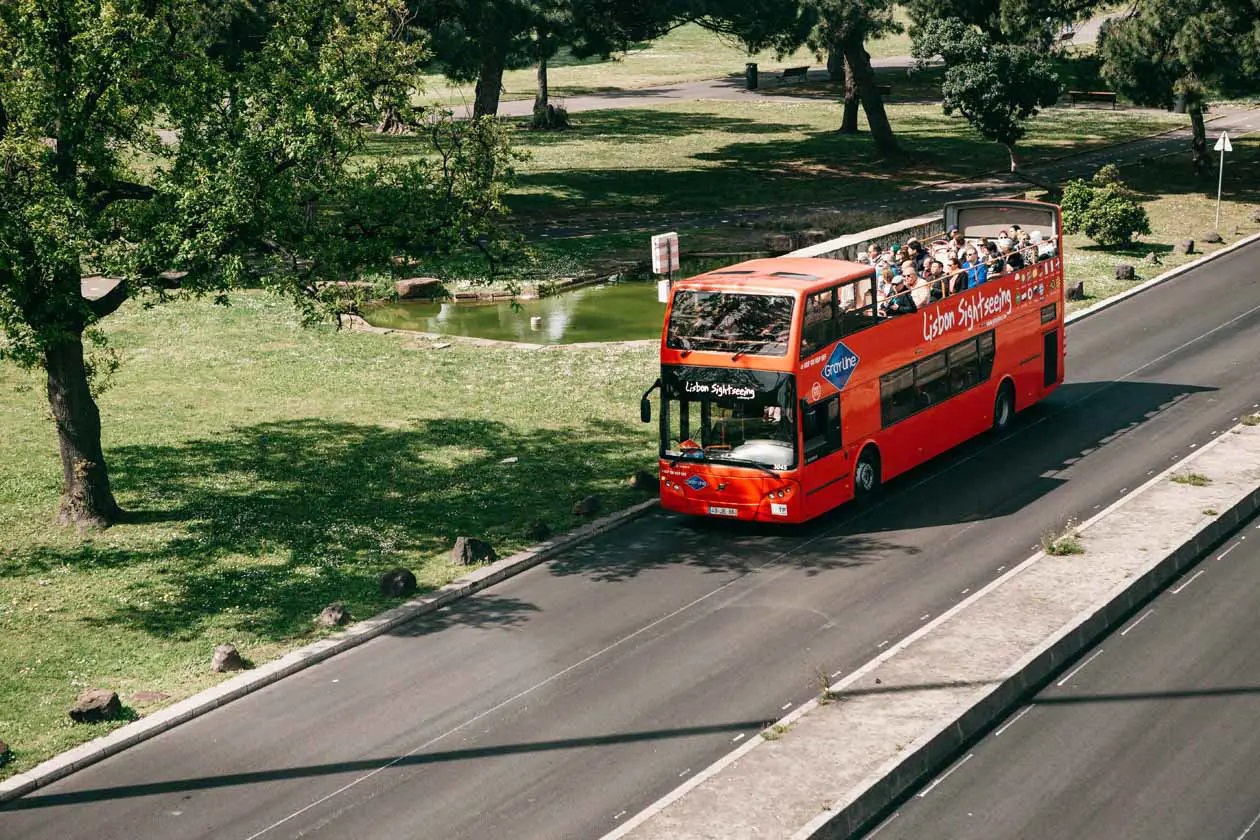
Lisbon Photo Sisterscom.com, Depositphotos
LISBON TOUR BY BUS of 24, 48 or 72 HOURS
Tourist bus to visit Lisbon. 24, 48 or 72 hour panoramic bus ticket with multilingual audio guide and wi-fi on board. Explore the city and its attractions with different routes: Belém Line (Red Line 20 stops); Oriente Line (Blue Line 14 stops); Castello Line (Green Line 11 stops); Cascais line (Orange: Lisbon-Cascais 10 stops); Cascais line (Yellow: Cascais-Lisbon 6 stops). The tour comprises 4 separate routes with stops along the way. Possibility of Boat tour (based on the option selected). Free cancellation up to 24 hours before. Lisbon Sightseeing info and reservations: Lisbon Hop-on Hop-off bus tour.
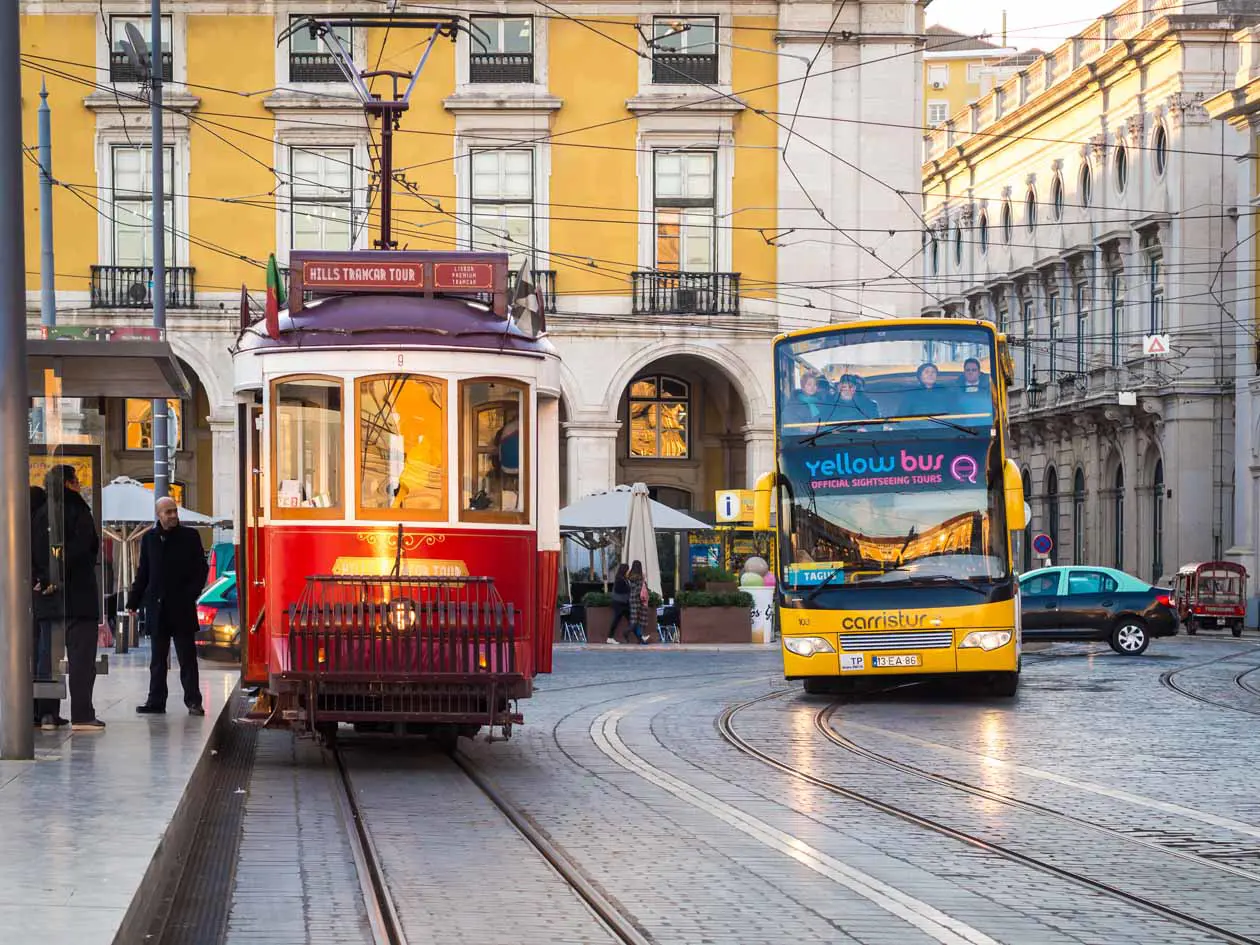
LISBON TOUR BY BUS for 24 or 48 HOURS
24 or 48 hour ticket for 1 or 2 double decker bus tours in Lisbon. There are two tours, each lasting 1 hour and 40 minutes: "Lisbon Belém" (16 stops) and "Modern Lisbon" (10 stops). In the price for the entire period of validity of the ticket: access to the public trams Carris of Lisbon, elevador de Santa Justa and funicular of Lisbon. Free cancellation up to 24 hours before. Ticket for 1 or 2 tours for 24 or 48 hours. Info and reservations Yellow Bus: 1 or 2-day Hop-on Hop-off bus tour of Lisbon.

LISBON CARD for 24, 48 or 72 HOURS
Lisboa Card for 24, 48, or 72 hours, offers unlimited and free access to public transport. Free admission to 39 museums, historic buildings and attractions discounts, vouchers for various shops. The Lisboa Card immediately provides 24, 48 or 72 hours of access to the public transport network (Metro, buses, trams and the Carris funiculars, Elevador de Santa Justa, CP trains between Cais do Sodré and Cascais, trains between Oriente, Rossio and Sintra). Skip-the-line entrance to the Jerónimos Monastery and Belém Tower, free entrance to the National Azulejo Museum, Museu Nacional dos Coches and others. Free cancellation up to 24 hours before. Info and reservations: Lisbon Card for 24, 48 or 72 hours.
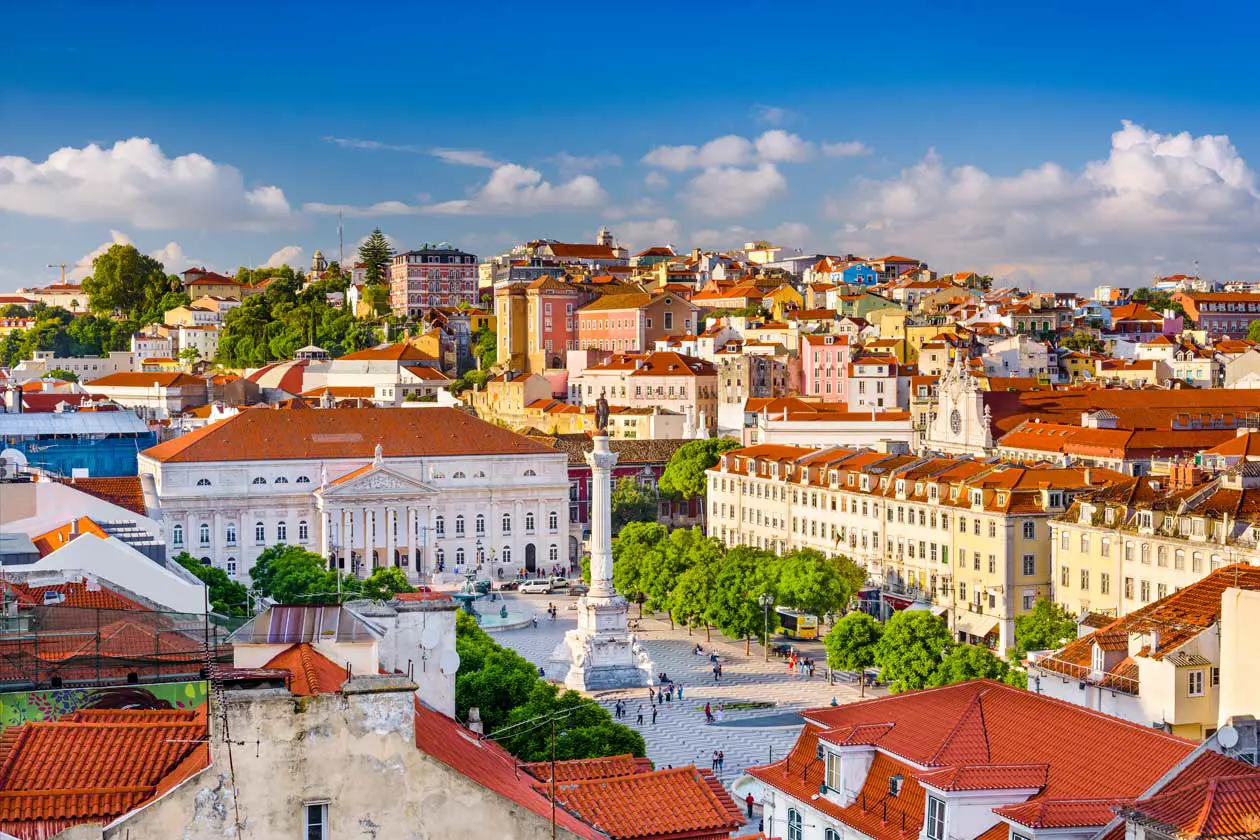
GUIDED WALKING TOUR OF LISBON
Guided walking tour with multilingual guide to discover Lisbon and visit; the Bairro Alto; the garden of São Pedro de Alcântara with views of the Baixa and the southern bank of the Tagus River; the Church of San Roque; the Carmo convent and church; the Santa Justa elevator; tram ride from the castle to the Portas do Sol with the Monastery of São Vicente de Fora, the National Pantheon. Visit the Alfama district, with its fado houses, and the Lisbon Cathedral. Small group for this tour. Free cancellation up to 24 hours before. Info and reservations: Guided walking tour of Lisbon.
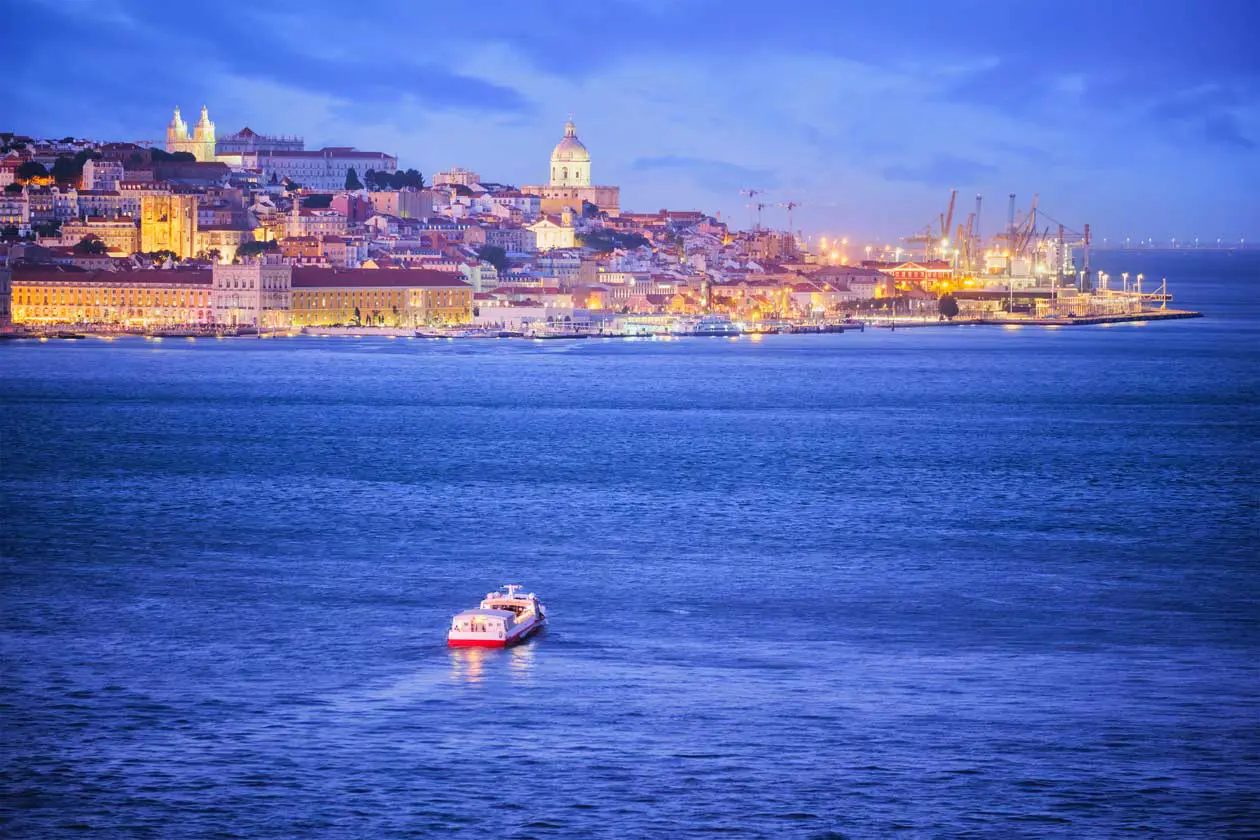
SUNSET CRUISE ON THE TAGUS
Tagus River in Lisbon at sunset aboard the Príncipe da Beira boat to admire the city's attractions from the river such as the historic buildings of the Alfama district, the Belém Tower or the April 25th Bridge (the red suspension bridge that connects Lisbon to Almada). Snacks and drinks: red or white wine, beer, water or soft drink, pastel de nata, butter, jams, olives and dried fruit. Free cancellation up to 24 hours before. Info and reservations: Sunset cruise on the Tagus River in Lisbon.
Discover all tours
News & Useful info
Shopping
Luxury
You might be interested in
Other destinations
Airports nearby Lisbon


